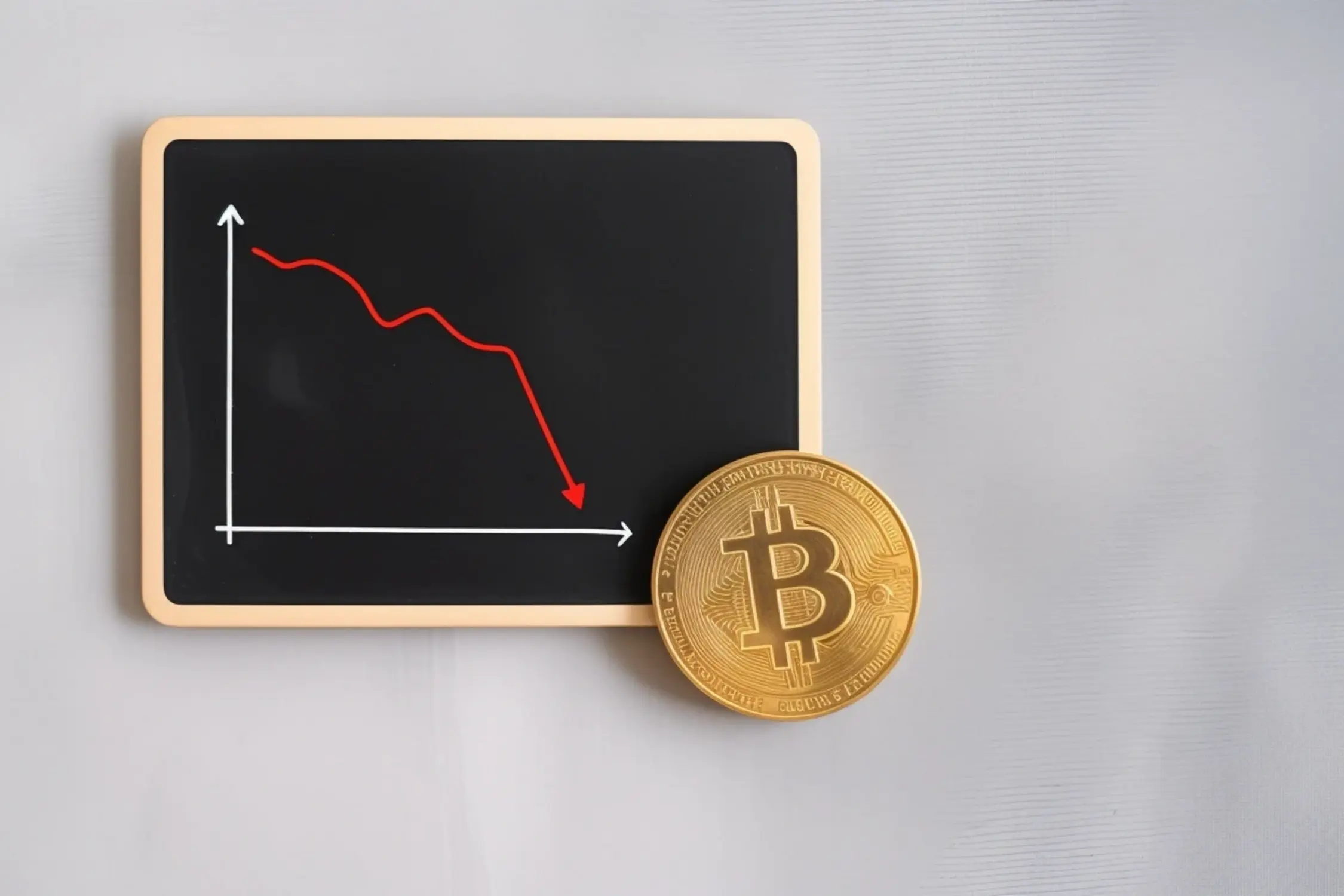Why Bitcoin’s Inevitable Crash Is About to Change Everything in Crypto Investment
The impending Bitcoin price inevitable drop signifies a seismic shift in the crypto investment landscape. Understanding this trend is crucial for investors looking to navigate the complexities and risks associated with digital currencies today.
The Significance of Bitcoin’s Price Inevitable Drop
The expected decline in Bitcoin prices is not merely speculation; it is rooted in several significant factors. First, experts point to the overwhelming sell-off that typically follows periods of rapid price increases, often described as a market correction. This is evident from concerns surrounding regulatory changes that have caused jitters among investors, as observed in recent market analyses.
Moreover, the speculative nature of Bitcoin makes it exceedingly susceptible to market sentiment and external economic factors. When economic stability is questioned, such as during discussions of federal interest rate changes, cryptocurrency prices often waver, as seen in various discussions of market economic conditions. For investors, the implications are clear: as Bitcoin prices are expected to fall, traditional stability is becoming increasingly elusive in the crypto space.
Current Crypto Market Trends Impacting Bitcoin
Recent developments in the cryptocurrency market provide crucial insights into Bitcoin’s future. The expansion of regulatory scrutiny and legislative concerns globally are notable trends influencing market dynamics. For instance, exchanges are facing increased compliance challenges, which could lead to heightened volatility in Bitcoin prices as traders react to new regulations. Consequently, investors should closely monitor these shifts to understand their potential impact on Bitcoin’s performance.
Additionally, the rise of alternative cryptocurrencies poses a challenge to Bitcoin’s dominance in the market. As newer, more attractive options gain traction, Bitcoin’s market share diminishes, igniting concerns about its long-term viability. Therefore, investors must prepare for a turbulent landscape, remaining vigilant for potential red flags like declining transaction volumes or increased competition.
Investment Risks Linked to Bitcoin’s Volatility
Investing in Bitcoin is fraught with unique risks, distinct from traditional equities. Its volatility can result in significant gains, but equally dramatic losses pose a serious threat to investors’ portfolios. One key risk is the susceptibility to market manipulation and sudden shifts in investor sentiment. This unpredictability can alter investment strategies, leading to panic selling or misguided purchases.
To mitigate these risks, investors must adopt careful risk management strategies. These strategies might include setting stop-loss orders or diversifying their investments across various asset classes. By understanding the nature of Bitcoin’s volatility and preparing accordingly, investors can make more informed decisions and potentially save themselves from catastrophic financial downsides.
Understanding Bitcoin Amidst Economic Uncertainty
Several economic factors contribute to Bitcoin’s current volatility. High inflation rates and interest rate adjustments have created an environment where investors are questioning the stability of all asset classes, including cryptocurrencies. Historical data reveals that Bitcoin often suffers during economic downturns, reflecting its status as an asset class that still does not have a clearly defined value proposition compared to traditional investments.
The fluctuations observed in Bitcoin’s price are often analogous to the behavior of a volatile stock, reacting sharply to both global economic news and localized geopolitical events. Investors should dig deeper into economic indicators and analyze how they correlate with Bitcoin’s historical performance to forecast upcoming market changes effectively.

What the Inevitable Crash Means for Crypto Investments
If Bitcoin experiences the anticipated price drop, the fallout may significantly reshape investor perceptions of cryptocurrency. For some, this could trigger a shift towards more cautious investment approaches within the crypto sphere. Alternatively, for those with a risk-tolerant mindset, such circumstances might present a rare opportunity to invest at lower prices.
In the wake of such a crash, past patterns suggest that focusing on fundamental technological advancements in crypto solutions could emerge as a winning strategy. Investors will need to reassess their portfolios and consider reallocating capital to projects that demonstrate long-term potential rather than those subject to speculative hype.
Steps for Investors to Adapt to Market Changes
Investors should take actionable steps to adapt to the anticipated market changes. Diversification is crucial; allocating investments across different asset classes can help mitigate overall risk. By including equities, bonds, and even stable coins in their portfolios, investors can cushion against the potential impacts of Bitcoin’s volatility.
Additionally, investing in educational resources can enhance investors’ understanding of crypto market dynamics, making them better equipped to make informed decisions. Staying abreast of news and trends is essential, as the landscape can shift quickly. Overall, adapting quickly to these changing circumstances can turn potential challenges into opportunities for savvy investors.




















